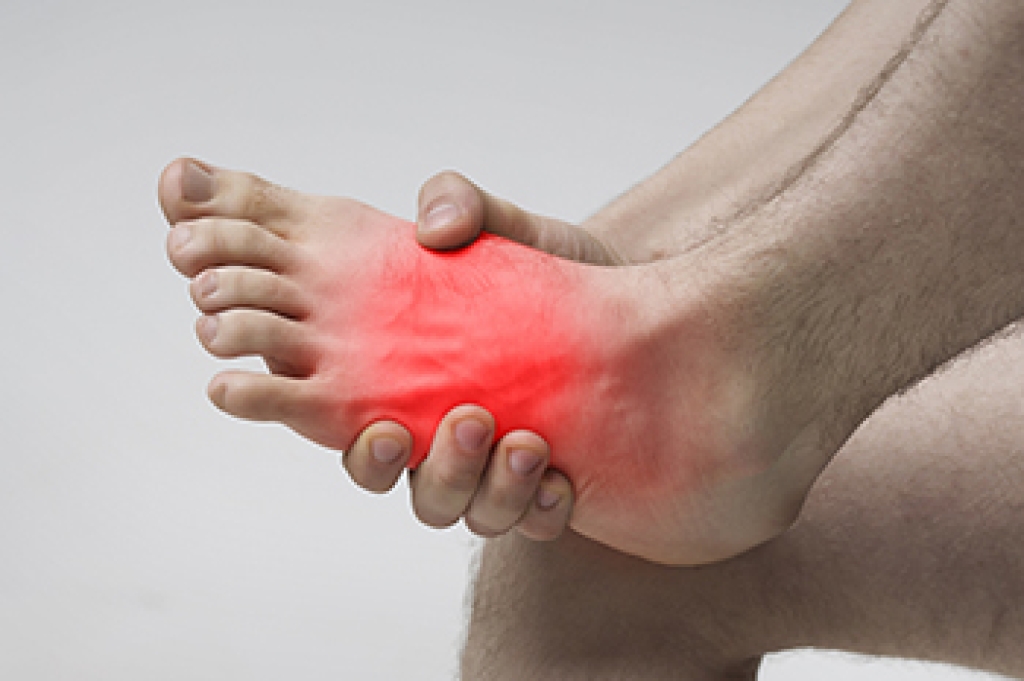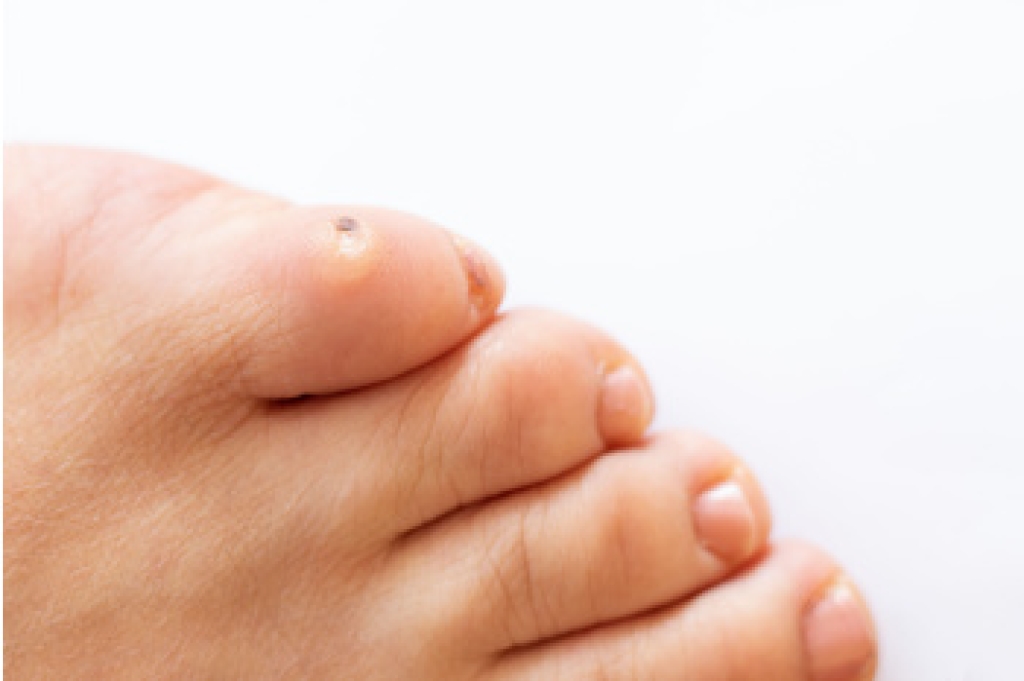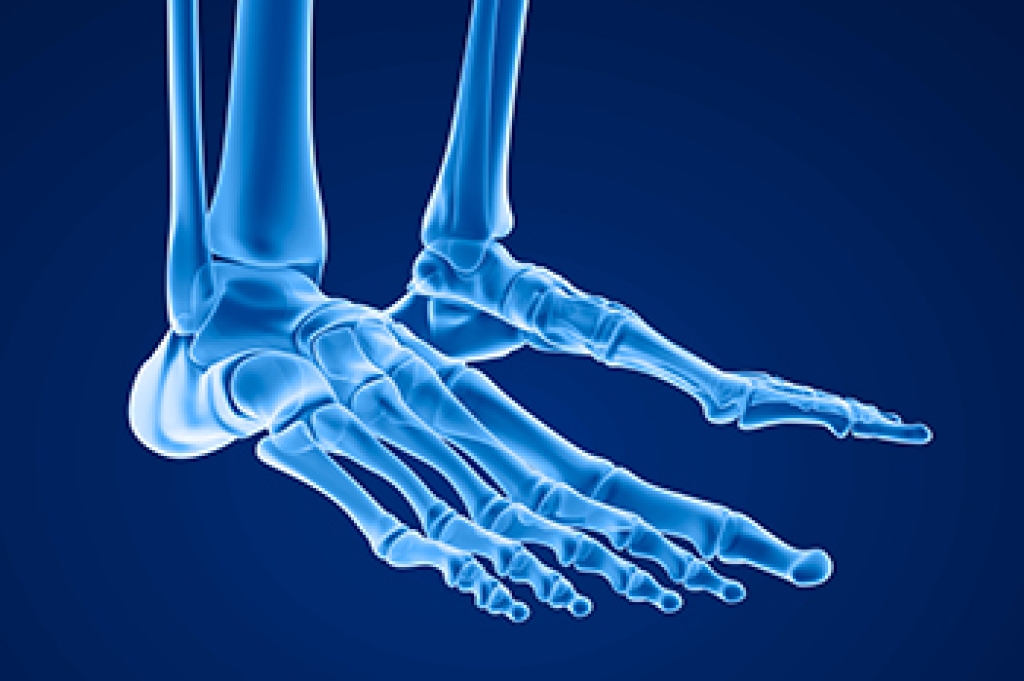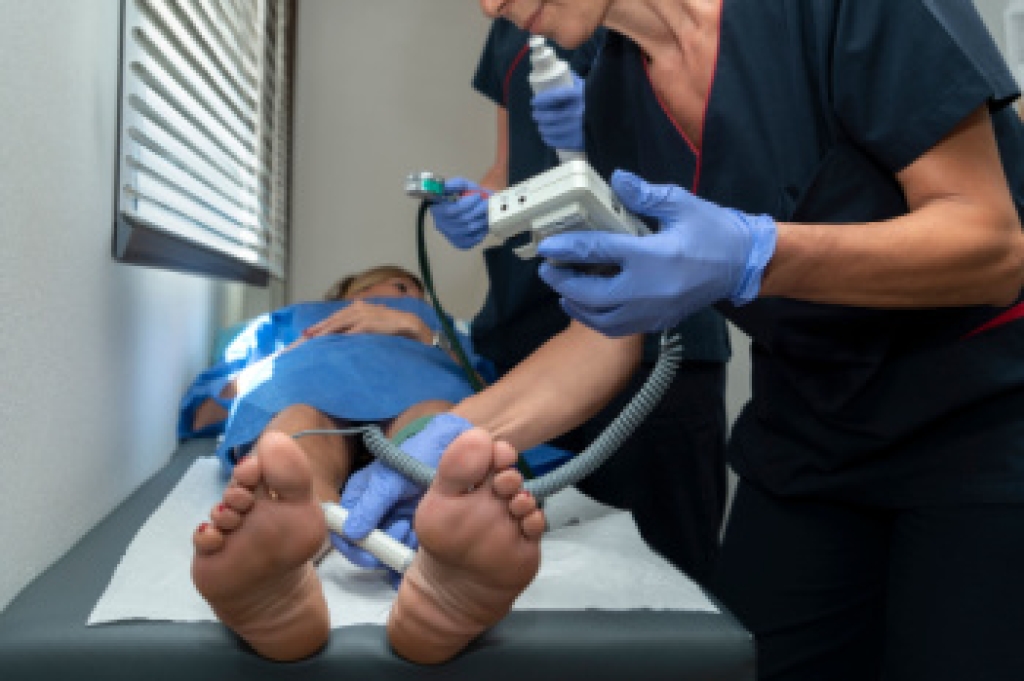
Pain on the top of the foot can make walking and wearing shoes difficult. It may result from overuse, tendon inflammation, arthritis, nerve irritation, or wearing ill-fitting footwear. Sometimes the discomfort begins gradually and worsens with activity or pressure from tight laces or shoes. A podiatrist can evaluate the source of the pain through a physical exam and imaging if needed, then create a treatment plan tailored to your needs. Options may include rest, custom orthotics, stretching exercises, and supportive footwear to ease strain on the affected area. Addressing the problem early helps prevent further injury and restores comfort with movement. If you experience persistent pain, swelling, or tenderness on the top of your foot, it is suggested you schedule an appointment with a podiatrist for appropriate treatment solutions.
Foot Pain
Foot pain can be extremely painful and debilitating. If you have a foot pain, consult with Steven Wolfington, DPM from Sheboygan Foot Care, LLC. Our podiatrist will assess your condition and provide you with quality foot and ankle treatment.
Causes
Foot pain is a very broad condition that could be caused by one or more ailments. The most common include:
- Bunions
- Hammertoes
- Plantar Fasciitis
- Bone Spurs
- Corns
- Tarsal Tunnel Syndrome
- Ingrown Toenails
- Arthritis (such as Gout, Rheumatoid, and Osteoarthritis)
- Flat Feet
- Injury (from stress fractures, broken toe, foot, ankle, Achilles tendon ruptures, and sprains)
- And more
Diagnosis
To figure out the cause of foot pain, podiatrists utilize several different methods. This can range from simple visual inspections and sensation tests to X-rays and MRI scans. Prior medical history, family medical history, and any recent physical traumatic events will all be taken into consideration for a proper diagnosis.
Treatment
Treatment depends upon the cause of the foot pain. Whether it is resting, staying off the foot, or having surgery; podiatrists have a number of treatment options available for foot pain.
If you have any questions, please feel free to contact our office located in Sheboygan, WI . We offer the newest diagnostic and treatment technologies for all your foot care needs.




